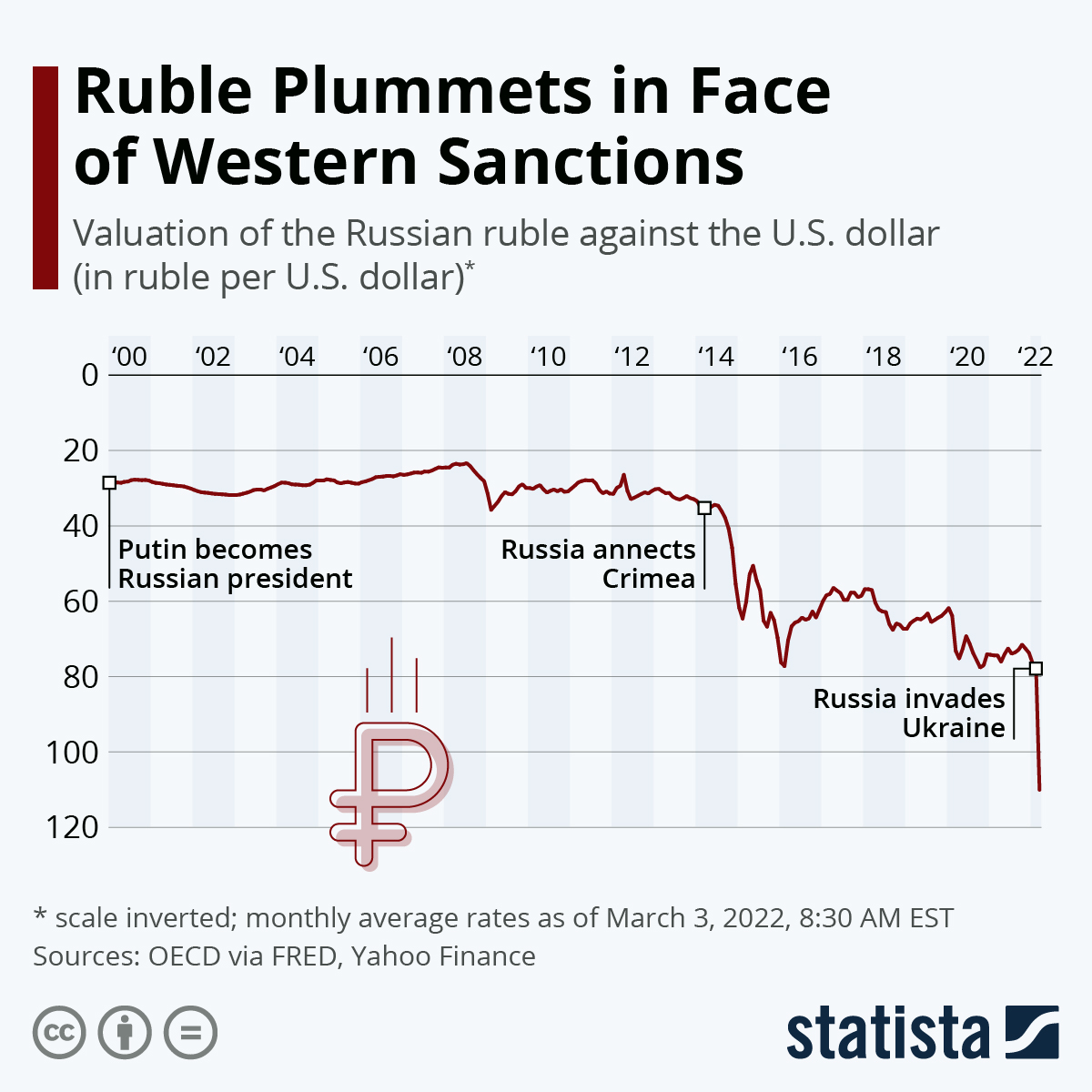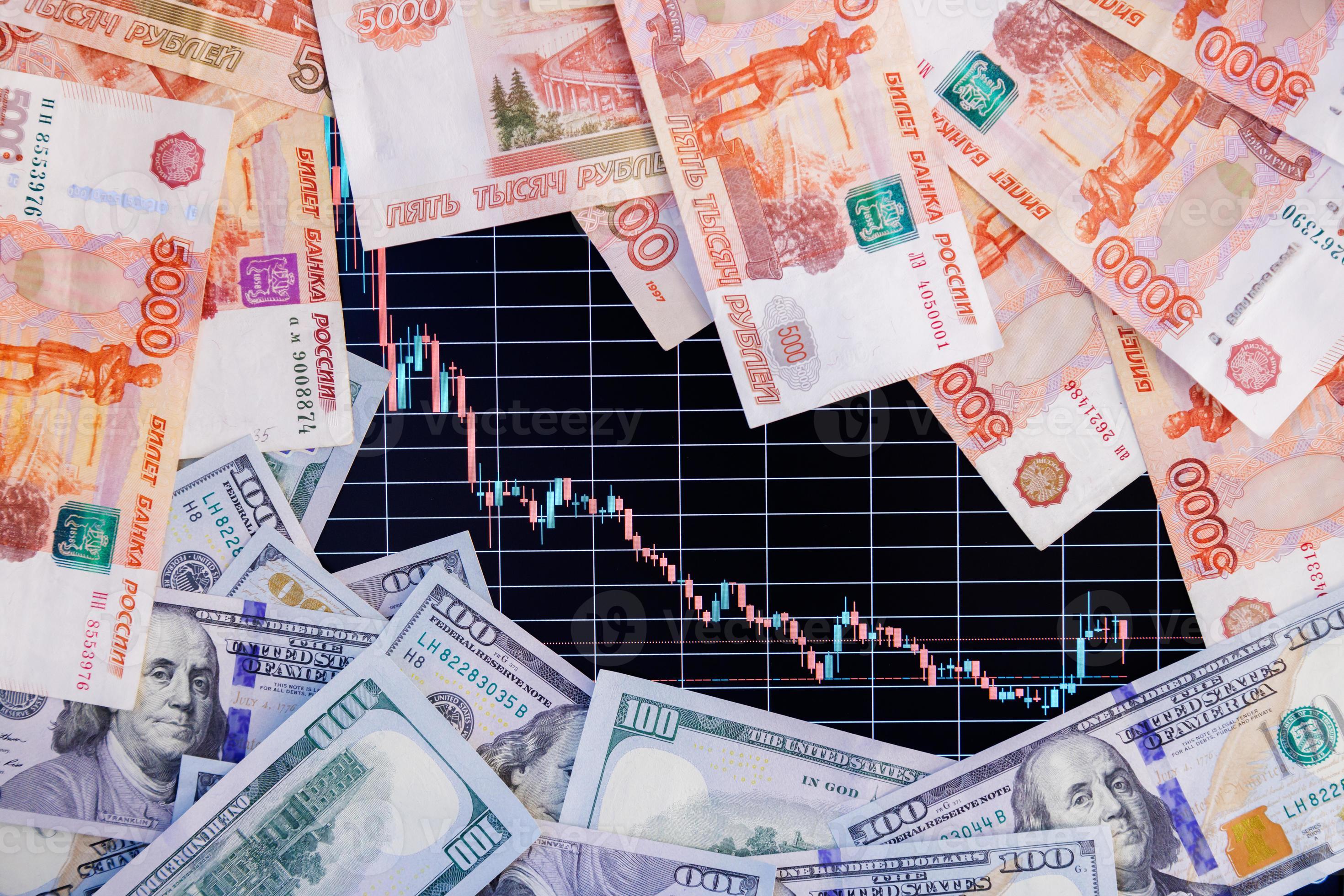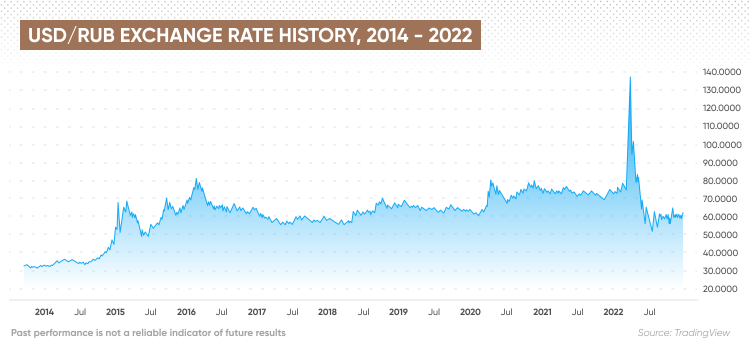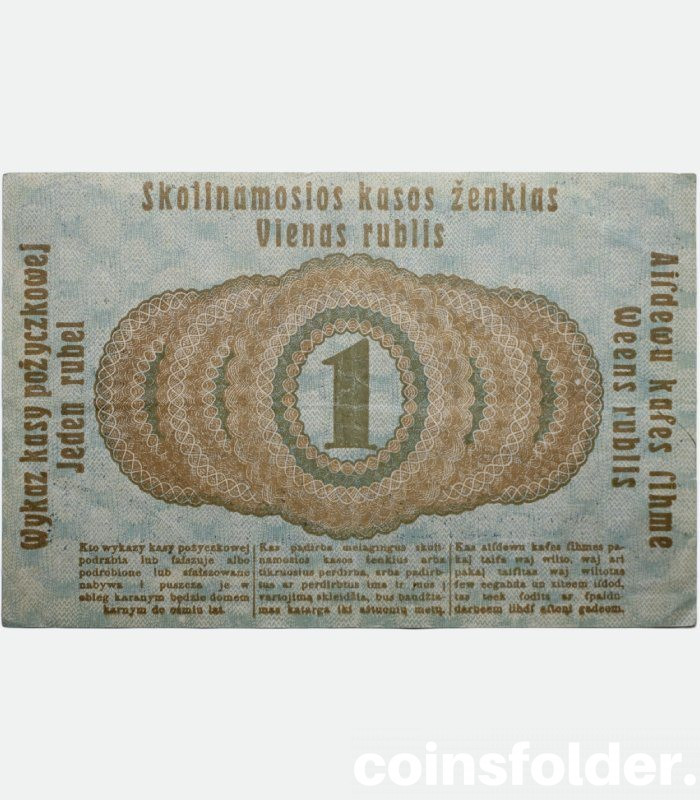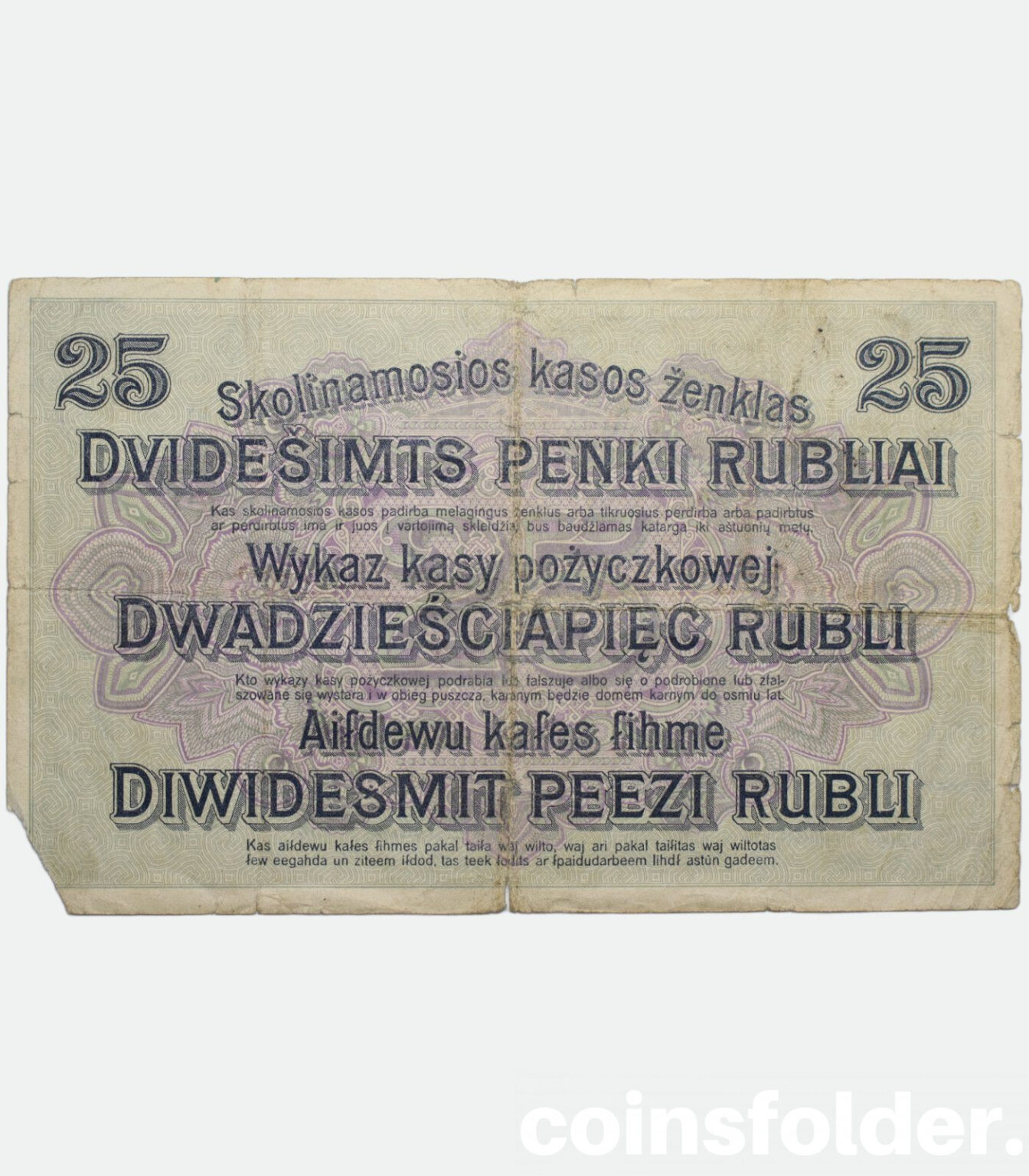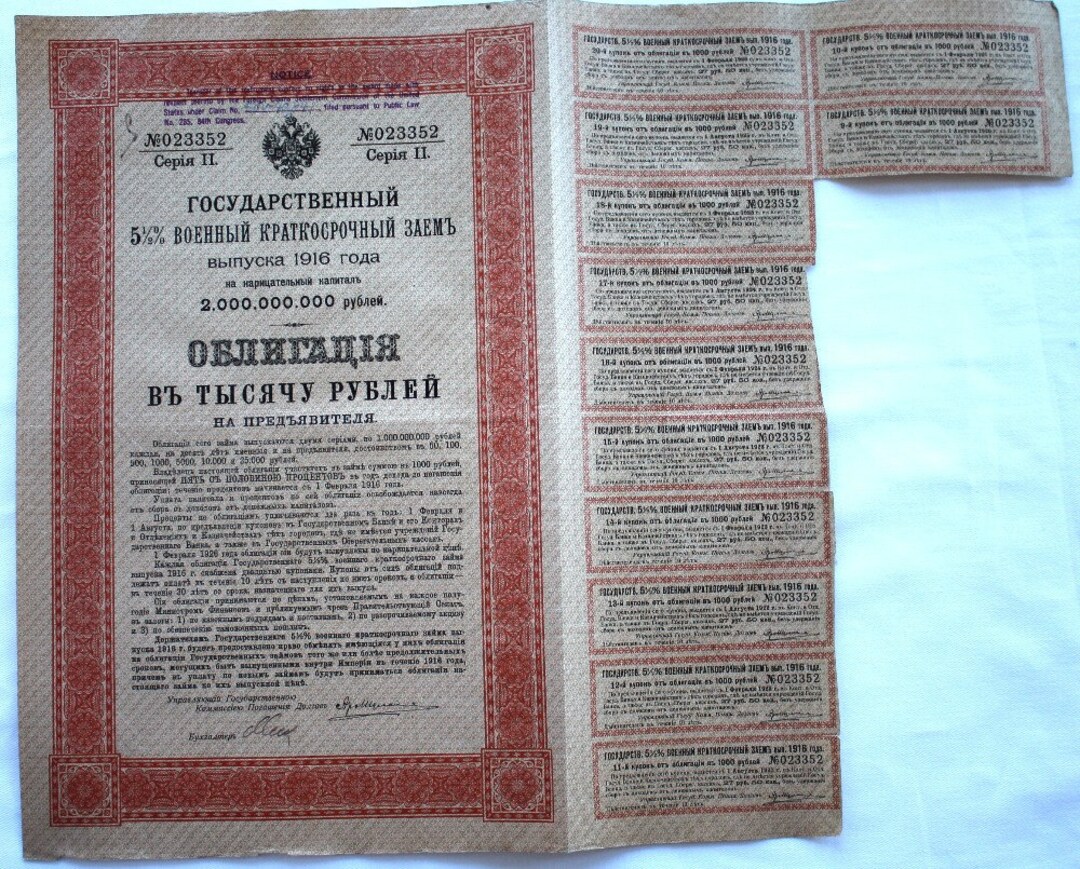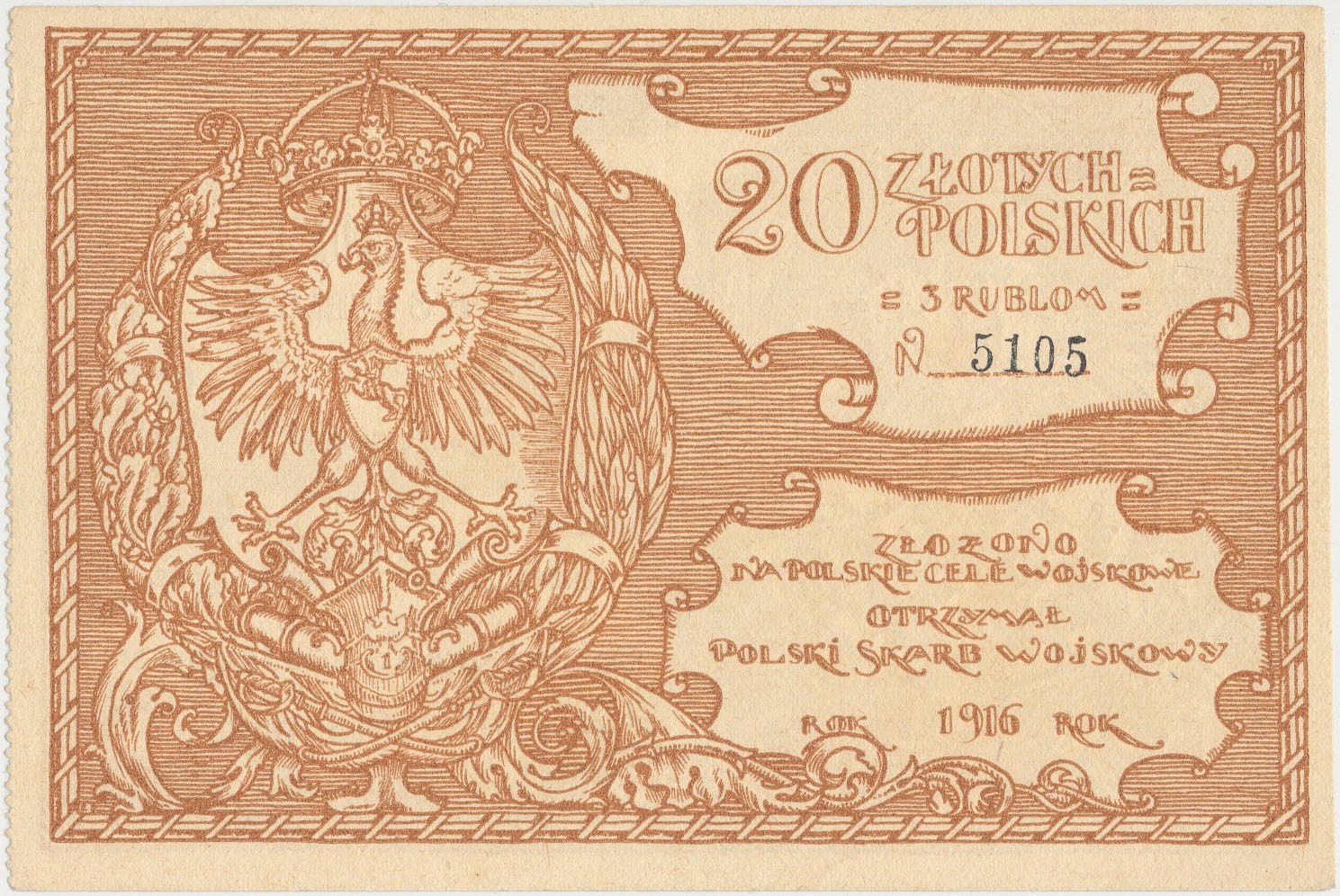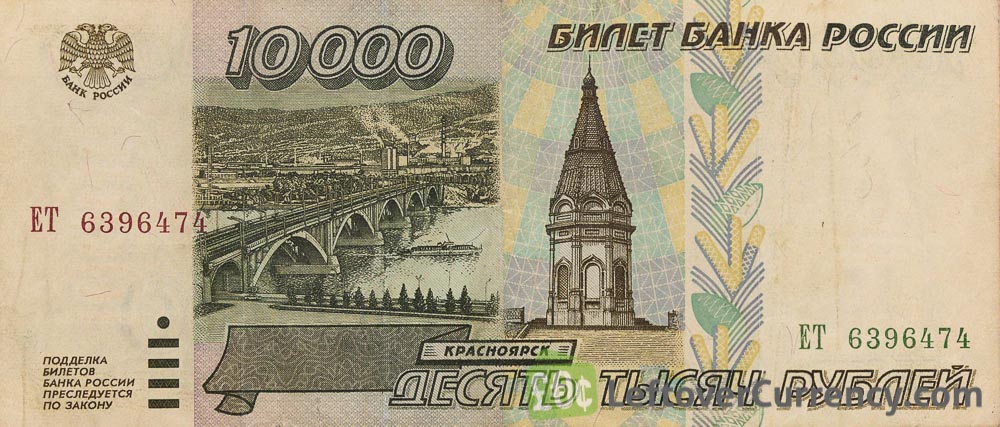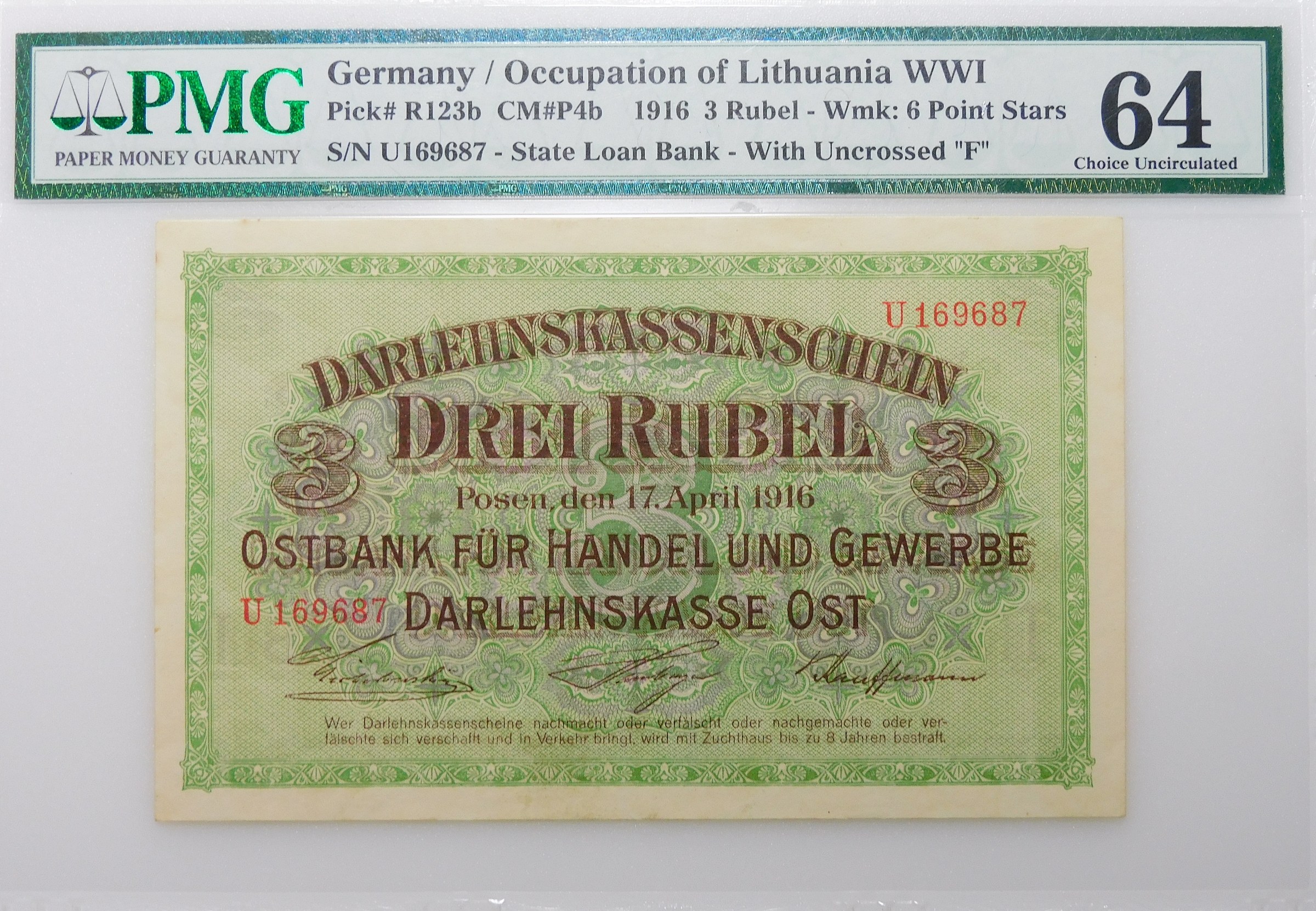10 Million Rubles To Usd In 1916

Panic grips international markets as historical records reveal a staggering transfer of 10 million rubles in 1916. The sum, exchanged to U.S. dollars at the time, represents a monumental financial shift during the height of World War I, raising critical questions about its origin and purpose.
This unprecedented transaction, unearthed from digitized archival documents, necessitates immediate investigation to ascertain its impact on both Russian and American economies amidst wartime turmoil. The sheer magnitude of the transfer demands scrutiny to understand the motivations behind it and its potential beneficiaries.
The Unprecedented Transfer: 1916
Historical documents confirm the exchange of 10 million Russian rubles to U.S. dollars occurred in 1916. The transaction took place against the backdrop of the First World War, significantly impacting global financial stability.
Based on historical exchange rates, the approximate equivalent of 10 million rubles in 1916 translates to roughly $5.15 million USD at the time. While seemingly modest by today's standards, this represented a substantial sum, especially given the economic climate.
Records indicate the transfer originated from financial institutions within the Russian Empire. The exact identities of the individuals or entities orchestrating the exchange remain shrouded in mystery, demanding further investigation.
Key Figures and Institutions Involved
Identifying the key players involved is paramount to understanding the context of this transfer. Archival research is currently focused on uncovering names linked to prominent Russian banks and governmental bodies.
Specifically, researchers are examining the records of the Imperial State Bank of Russia and several private banks operating during the period. These institutions are considered prime candidates for facilitating such a large international transaction.
Furthermore, scrutiny extends to identifying potential American counterparts who may have facilitated the receiving end of the exchange. Names of prominent bankers and financial institutions in New York and other major U.S. cities are being actively investigated.
The Global Context: World War I and Financial Instability
The year 1916 marked a crucial period in World War I, with immense financial pressures on all participating nations. Russia's economy was particularly strained due to war expenditures and internal instability.
The ruble's value fluctuated significantly during this period, influenced by wartime inflation and diminishing investor confidence. The conversion to U.S. dollars may indicate an attempt to safeguard assets from the volatile Russian economy.
The U.S., still neutral at this time, was becoming a major financial power, attracting capital from war-torn Europe and beyond. The transfer of rubles to dollars reflects this shift in global financial influence.
Potential Motives Behind the Transaction
Several plausible explanations surround the rationale for this large-scale transfer. The most likely include protecting assets from wartime economic instability, funding clandestine operations abroad, or facilitating the transfer of wealth ahead of potential political upheaval.
One potential scenario involves the Russian government or elite seeking to secure funds outside of Russia amidst growing revolutionary sentiment. The impending collapse of the Tsarist regime makes this a compelling possibility.
Another possibility lies in using the U.S. dollars to finance war-related procurement or intelligence activities. The U.S., as a neutral nation, provided a discreet channel for acquiring resources unavailable through belligerent nations.
Unanswered Questions and Ongoing Investigation
Despite initial findings, several crucial questions remain unanswered. The exact source of the funds, the intended beneficiaries, and the ultimate purpose of the dollar conversion are still under investigation.
Researchers are meticulously analyzing bank records, diplomatic cables, and personal correspondence from the period. This comprehensive approach aims to piece together a clearer picture of the circumstances surrounding the transfer.
The international implications of this historical transaction necessitate a coordinated effort to uncover the truth. Collaboration among historians, economists, and financial experts is crucial to unraveling this complex financial puzzle.
Next Steps and Potential Revelations
The immediate focus remains on identifying the key individuals and institutions involved in the transaction. Cross-referencing information from various archives is crucial for corroborating findings and uncovering new leads.
Further investigation will delve into the potential impact of this transfer on both the Russian and American economies. Understanding the ripple effects of this financial event is critical for contextualizing its historical significance.
As the investigation progresses, expect further revelations regarding the motivations behind this monumental financial shift. The uncovering of these historical financial secrets promises to shed light on a pivotal period in global history. Further updates will be provided as they become available.

